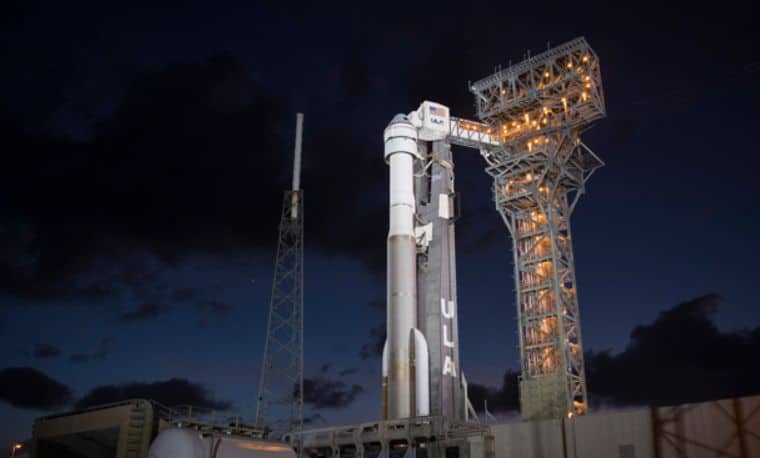Due to an error during launch, the Boeing CST-100 Starliner reusable spacecraft did not enter the calculated orbit and will not fly to the ISS. This was announced by NASA head Jim Bridenstine at a press conference after the failed launch. On Sunday, the spacecraft will make a controlled descent from orbit and will land at a training ground in the state of New Mexico. In this mission, the device was launched without the crew on board.
The Boeing CST-100 Starliner is a manned spacecraft, which, along with SpaceX Crew Dragon, is being developed to send US astronauts to the ISS without using the Russian Soyuz spacecraft, used for this purpose now. NASA and Boeing have repeatedly delayed the first launch of Starliner, but it still took place on December 20, 2019. One of the features of the Starliner launch scheme is that the rocket puts the spacecraft not in a stable near-Earth orbit, but on a suborbital with a perigee height of about 73 kilometers. After separating the spacecraft from the rocket, it turns on its own engines and adjusts the orbit in order to get closer to the ISS.
Initially, the launch went according to plan and the Atlas V rocket was able to put the spacecraft into the calculated initial orbit, but then it was unable to adjust its orbit. Later, the spacecraft’s engines switched on and raised the perigee to 187 kilometres, according to the U.S. Air Force Space Station tracking system:
https://twitter.com/cgbassa/status/1208019783242911746
At a press conference after the launch, NASA head Jim Bridenstine and other agency representatives, Boeing and ULA, said that due to a software error, Starliner incorrectly calculated engine operating time and actually spent more fuel and went into the wrong orbit. In addition, at that time it was out of the communication zone with the flight control center and his specialists were not able to timely correct errors.
All this led to the fact that the mission team cancelled the manoeuvre to the ISS and adjusted the orbit so as to safely return the spacecraft to the White Sands military range Utah. Initially, Starliner was supposed to land there after the flight to the ISS. Pre-landing is scheduled for Sunday, December 22.
The manned spacecraft SpaceX Crew Dragon, which is also created under the NASA Commercial Crew Program, made a successful flight to the ISS in March. However, the process of its development and testing is also not without problems. At first, the first launch of the spacecraft was repeatedly postponed, and a month and a half after returning to Earth, it exploded during tests of the engines of the emergency rescue system. An investigation by SpaceX and NASA revealed that the cause of the explosion was a malfunction of one of the fuel system valves, which caused a fire and subsequent explosion. Subsequently, the engineers corrected the design flaw by replacing the valve with a bursting disc.
The first manned crew Dragon flight is tentatively scheduled for February-March 2020. The Starliner piloted flight was previously tentatively scheduled for mid-2020, but it could be rescheduled due to an accident during an unmanned launch.
